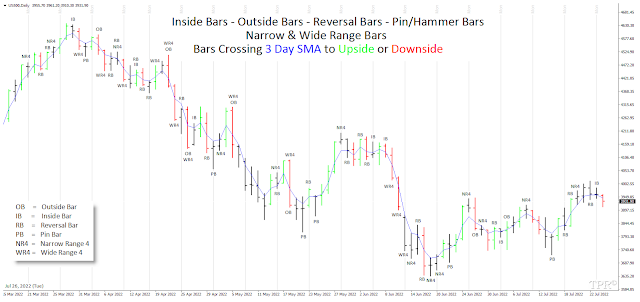Everything was going smoothly until 1965. Almost right after having been reelected to the post of President of France, Charles de Gaulle announced that his country would start to use real gold for international payments. According to the Bretton Woods Agreement he demanded that the USA exchange 1.5 billion dollars, kept by France, for real gold at a price of 35 dollars per ounce. It was the worst nightmare of a banker, when all creditors of his bank came to demand their ‘deposits’, as all FRS dollars were just obliging to pay the holders a certain amount of the precious metal. However, the required amount of gold had never existed, and consequently it was especially important to prevent the precedent.
Georges Pompidou, successor of President Charles de Gaulle, in 1969.
Guy de Rothschild's stooge in the Elysée.
The USA started to bias obstinate de Gaulle, who had already caused them trouble during his first presidential term, and even before that, when he was leading the Opposition in 1944-1945. Then during his second presidential term de Gaulle catastrophically endangered the mere fact of the ‘printing machine’s’ existence. Furthermore, the French President was determined, and when pressed, he withdrew from NATO and drove its formations out of his country. The USA had to exchange paper money for gold. In turn Germany, Canada and Japan made similar demands, though not in public like France, but secretly. Finally, the gap between the global amount of dollars and gold reserves in the USA was reduced even further. From 1960 until 1970 the dollar reserves kept in other countries tripled (and in 1970 came to 47 billion dollars, whereas the gold reserves of the USA came to 11.1 billion dollars at that time). It was necessary to urgently find a way out of this situation, but firstly the one who had entrenched the ‘printing machine’ must be punished. In 1967 de Gaulle returned the paper cash to the USA, and in May 1968 disturbances in France began. Demonstrations, the confrontation with the police, walkouts […] After almost a year of pressure Charles de Gaulle had to resign on 28 April, 1969. On 9 November, 1970 the ‘gravedigger’ of the dollar died due to heart failure.
The system established by the bankers was close to collapse. The gold default of the dollar concurred with the military defeat of the Americans in Vietnam. [...] Being aware that the capability of the USA to exchange dollars for gold at a fixed rate would be increasingly distrusted, they decided to get over this precipice in several steps. On 17 March, 1968 the Americans cancelled the dollar conversion into gold at a fixed rate for private traders. Central banks still could exchange dollars for gold at an official rate of 35 dollars per 1 troy ounce. At this, all ‘independent’ central banks in all countries were privately commanded to prevent such conversion by any means. On 15 August, 1971 the USA President Nixon, during his speech on the national (!) TV, incidentally announced the temporary taboo on the dollar conversion into gold at an official rate in central banks.
Emmanuel Jean-Michel Frédéric Macron, the latest Rothschild stooge in the Elysée.
La république en marche. Allons enfants de la patrie.
That was a scandal indeed. However, it could become even greater, when it appeared that in the period up to the end of July 1971 the gold reserves of the USA descended to a threshold of less than 10 billion dollars. The affair proceeding any further could lead to complete catastrophe. On 17 December, 1971 the USA devalued the dollar by 7.89% in relation to gold. The official price of gold increased from 35 to 38 dollars per one troy ounce, but, curiously enough, the exchange of dollars for gold did not recommence. On 13 February, 1973 the dollar descended even lower in relation to gold, the rate became 42.2 dollars per 1 troy ounce. However, gold could not be acquired at this price, either. The American currency was not trusted anymore, and nobody hurried to sell their gold. The USA and Great Britain therefore had to share the benefits from the reserve currency emission with other countries.
The only way out of the dead end was to print more paper money, which the global financial community would agree to treat like absolute values. It must be assumed though that this money was not financially assured by anything. On 16 March, 1973 during the International Conference in Paris, a compromise was found. The gold content of the dollar was officially cancelled. It goes without saying that the International Monetary Fund (IMF) confirmed and approved this decision, which would cancel all the principles of the financial system of that time and the system of the IMF itself. The epoch of floating exchange rates began in the world.
Quoted from:
 |
| The Gold Price (U.S.Dollars / Troy Ounce) 1792 to date |
 |
| The Gold Price (U.S.Dollars / Troy Ounce) 1257 to date |




,%20Silver.jpg)































